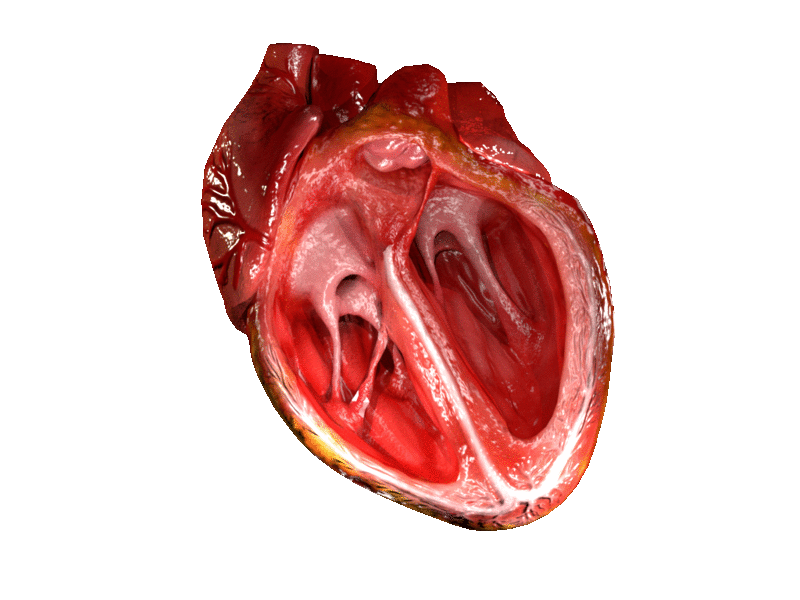This test is run by .
Note that your final mark will not be saved in the system.
Note that your final mark will not be saved in the system.
Circulatory System Typeit
Target Level
4-5
Running Total
0
0%
Attempt
1 of 3
Type the correct answers into the spaces. Fill all the spaces before clicking ‘Check Answers!’

The cardiovascular system has several distinct but interconnected functions that enable it to meet the demands of sport and physical activity.
There are three key measures you should know:
- Heart rate – the number of times the heart per
- Stroke volume – the volume of blood ejected from the left ventricle per
- Cardiac output – the volume of blood ejected from the left ventricle per
During exercise, these values change in order to meet the demands of exercise. Heart rate linearly with exercise intensity. Increasing heart rate also increases the cardiac output as the heart is pumping more blood per . Stroke volume also increases as the heart is working harder to pump out more blood per .
Blood is made up of four components:
| blood cells | These are responsible for the delivery of oxygen and nutrients to the muscle, and removal of carbon dioxide from the muscle, during exercise. Oxygen and carbon dioxide are bound to a protein in these cells known as . |
| blood cells | These are important in the body's immune response, helping to protect against disease and illness |
| (tiny blood cells) | These have a role in clotting open wounds and stopping bleeding |
| This equates to approximately 55% of the blood and is a liquid that supports the transportation of the other blood cells |